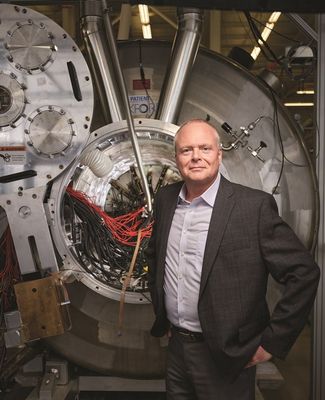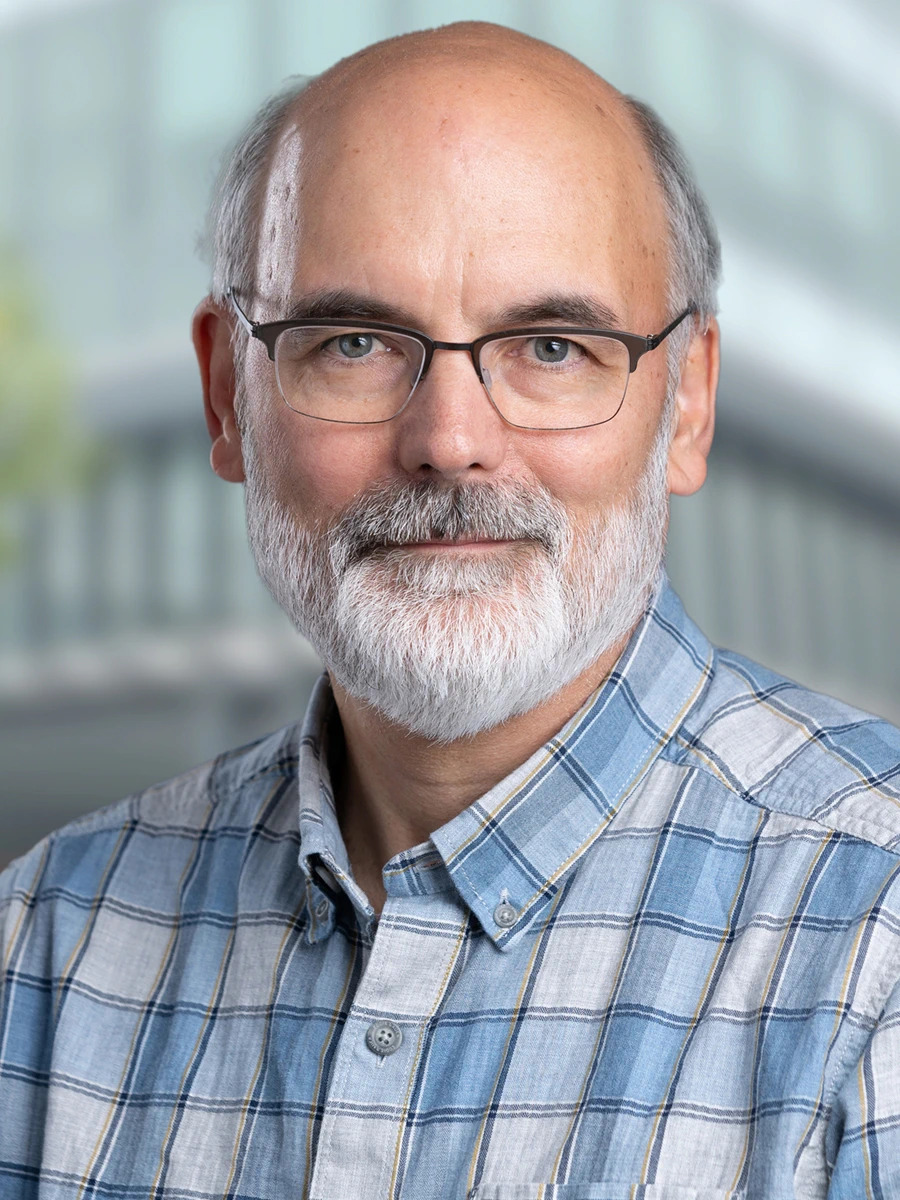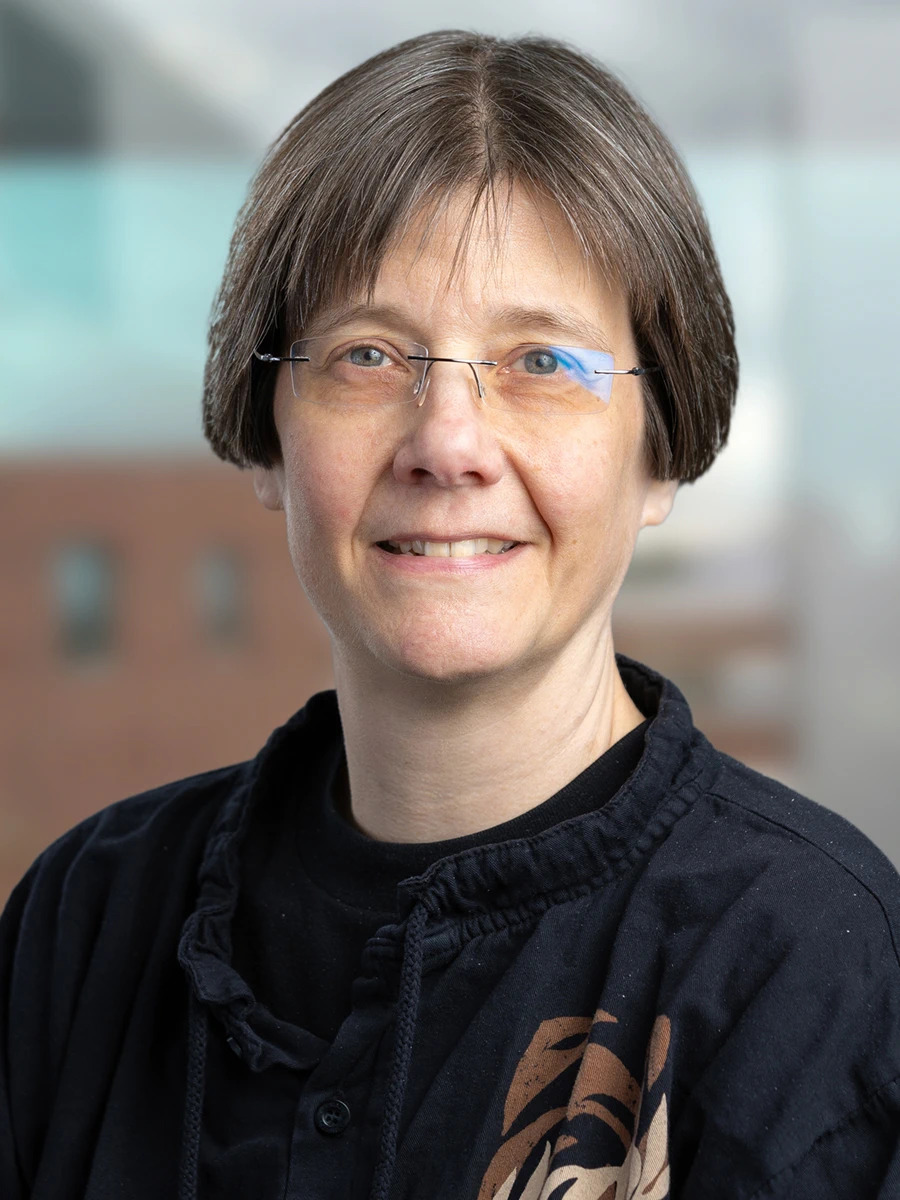FRIB creates 5 new isotopes

FRIB creates 5 new isotopes
Spartans lead an international team in making new nuclei and paving the way to new discoveries.
May 18, 2024An international research team working at the Facility for Rare Isotope Beams (FRIB) has brought the stars closer to Earth with the creation of five new isotopes–known as thulium-182, thulium-183, ytterbium-186, ytterbium-187 and lutetium-190.

With researchers now knowing how to make these new isotopes, they can start making them in greater quantities to conduct experiments that were never possible before. The researchers are also eager to follow the path they've forged to make more new isotopes that are even more like what are found in the stars.
"This is probably the first time these isotopes have existed on the surface of the Earth," said Bradley Sherrill, University Distinguished Professor in MSU's College of
Natural Science and head of the Advanced Rare Isotope Separator department at FRIB. "I like to draw the analogy of taking a journey. We've been looking forward to going somewhere we've never been before, and this is the first step. We've left home and we're starting to explore."

To create the new isotopes, the team sent a beam of platinum ions barreling into a carbon target. The beam current divided by the charge state was 50 nanoamps. Since these experiments were performed, FRIB has already scaled its beam power up to 350 nanoamps and has plans to reach up to 15,000 nanoamps.
In the meantime, the new isotopes are exciting in and of themselves, presenting the nuclear research community new opportunities to step into the unknown.
“It’s not a big surprise that these isotopes exist, but now that we have them, we have colleagues who will be very interested in what we can measure next,” said Alexandra Gade, professor of physics at FRIB and in MSU’s Department of Physics and Astronomy and FRIB scientific director. “I’m already starting to think of what we can do next in terms of measuring their half-lives, their masses and other properties.”
Researching these quantities in isotopes that have never been available before will help inform and refine our understanding of fundamental nuclear science.
“There’s so much more to learn,” Sherrill said. “And we’re on our way.”
Contributing Writer(s): Matt Davenport




